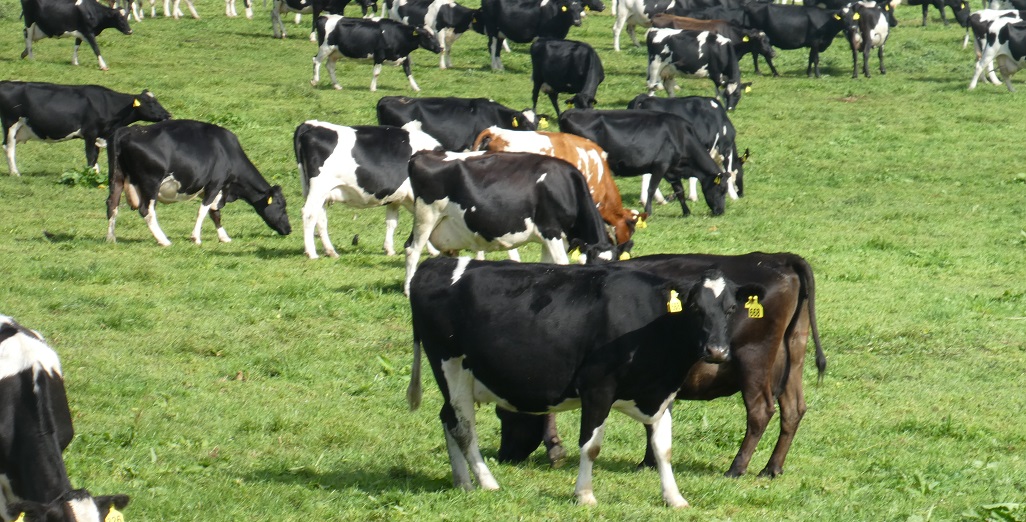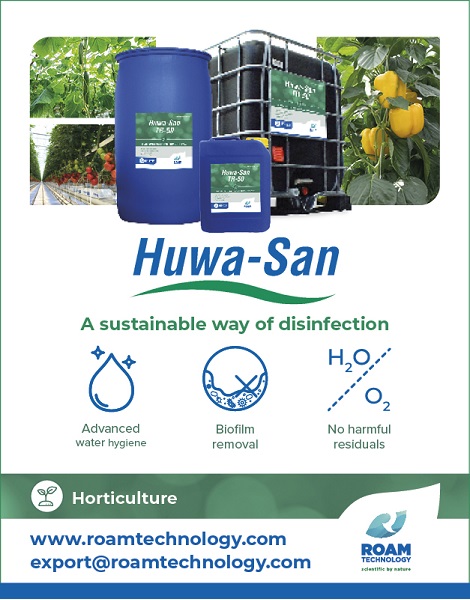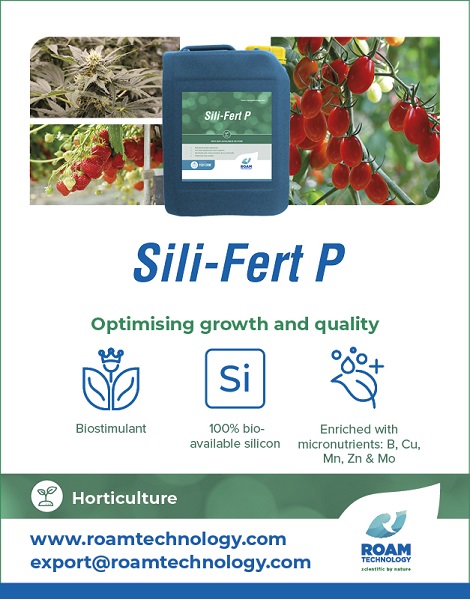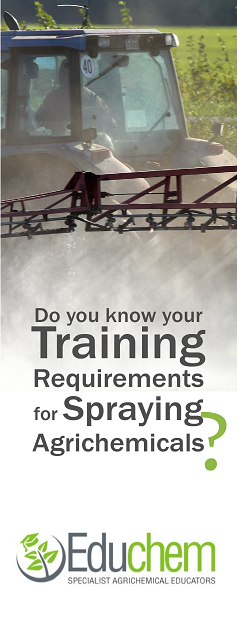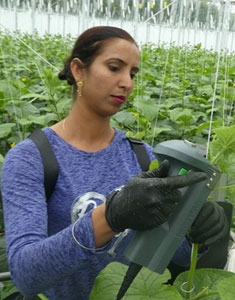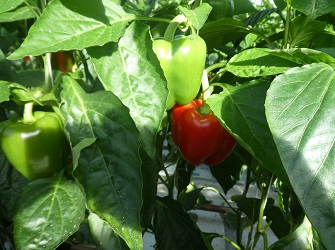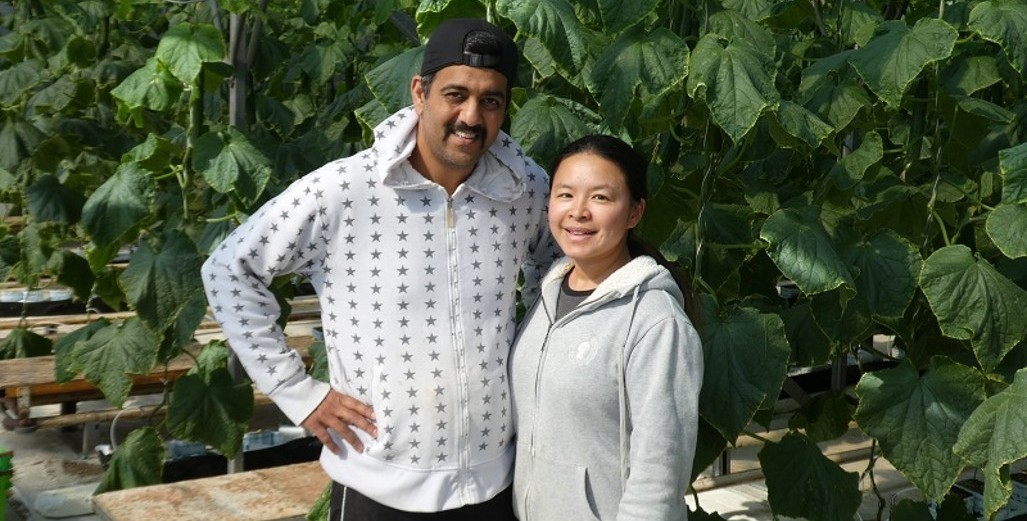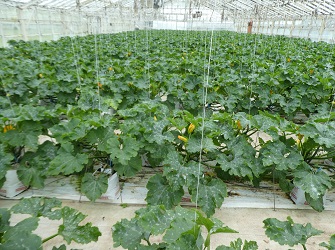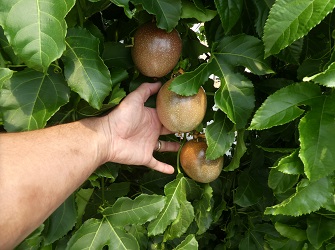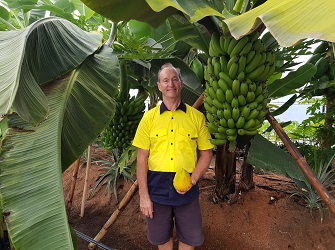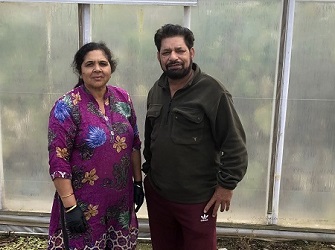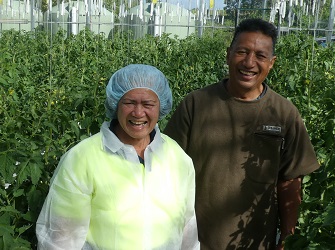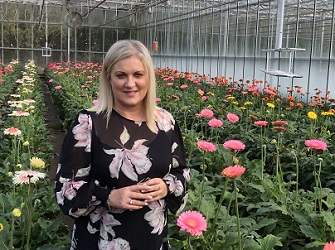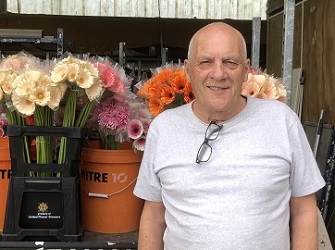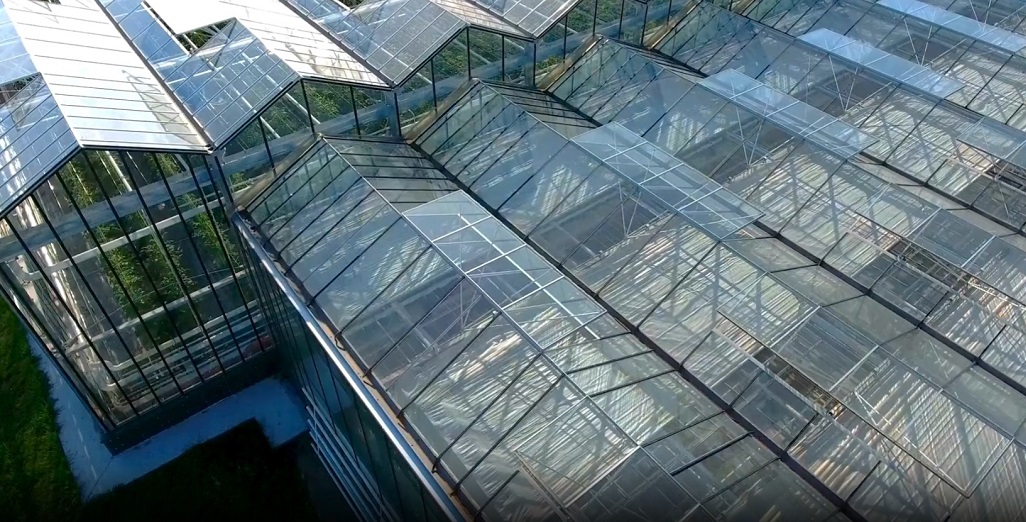Sign up here to subscribe to the Grower2grower Ezine. Every two weeks you will receive new articles, specific to the protected cropping industry, informing you of industry news and events straight to your inbox.
Sep 2023
How to thrive in Protected Cropping using innovative CO2 solutions
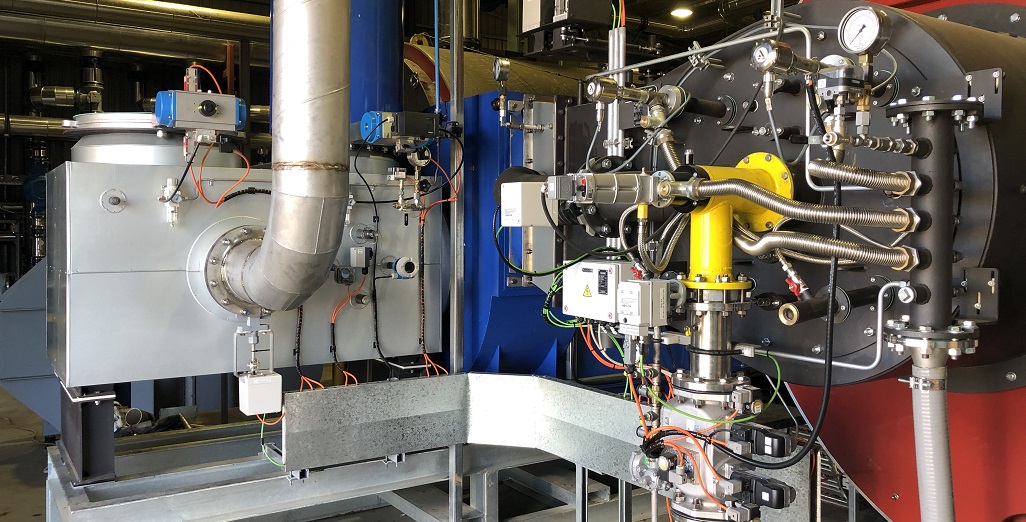
While many growers consider an uncertain energy and CO2 landscape, Optimal Group is developing and supporting Australian engineered low carbon solutions to address a global challenge.
Apart from water, there is no more critical element than CO2 needed for plant growth. Most growers recognise increasing the concentration of CO2 above the ~400 ppm found in the atmosphere, photosynthesis, and therefore plant yields, can be accelerated. Increasing CO2 concentrations inside a greenhouse, i.e., CO2 fertigation, is part of a mix of levers that growers can use to optimise growing conditions, also including lighting, humidity, and temperature controls. Balancing increased revenue from the levers against increased operating costs remains an ongoing challenge.
For CO2 dosing, growers have two primary options: producing CO2 on-site or procuring it via bulk liquid CO2 deliveries. Although bulk CO2 delivery offers precise dosing, it comes with a significant price tag. In the Australian and New Zealand markets, industrial CO2 has traditionally been sourced from the petrochemical sector, serving diverse industries including food, manufacturing, and medicine. Unfortunately, the decline of the petrochemical sector in both countries has led to a tightening of supply, resulting in escalating prices, particularly during interruptions in supply (In New Zealand the closing down of Marsden Point Refinery has had a negative impact on the supply of CO2 that is now being imported into the country).
Many growers favour on-site CO2 production, leveraging the combustion of natural gas or liquefied petroleum gas (LPG) in a boiler as a cost-effective alternative to bulk CO2 supply. While natural gas may be preferred, it is not available in every location, for instance, the South Island has no network of natural gas lines, hence reliant on LPG. This approach proves most economical during winter and shoulder seasons while heating to maintain optimal growing conditions. Using low NOx burners, boiler exhaust containing approximately 9% CO2, can be efficiently ducted into the greenhouse, offering a clean and practical solution.
While more common in Europe, generating electricity onsite using natural gas (or LPG) using a gas engine or turbine is another well proven option. The heat produced as a byproduct of power generation is also available to provide glasshouse heating. As most protected cropping facilities are in regional areas which are prone to lack of power infrastructure and/or high energy pricing, this solution – combined heat & power (CHP) – can provide the largest ROI.

Capstone Microturbine with Heat Recovery
A recent project by Optimal Group Australia for a client in NSW took an innovative approach to delivering a CHP solution that solved several technical challenges. The project delivered in regional New South Wales, growing high quality produce for major Australian supermarkets. Expansion of the facility was hampered by a lack of power, further compounded by a weak grid which also limited the technology options suitable for connection. A modular natural gas microturbine system, made up of 4 x 200 kW turbines provided dispatchable power generation, with inverter-based architecture allowing for easy connection to the local utility, enabling turbines to ramp up and down supplying what the grid cannot. The turbine exhaust is cooled using an integrated heat recovery module, which transfers the exhaust heat to hot water storage for glasshouse heating. The cooled, oxygen rich turbine exhaust is then used as combustion air for the sites’ hot water boilers, increasing the CO2 concentration to ~12% in the boiler exhaust for improved growth rates. Avoiding the cost and delays of an upgraded grid connection, as well reduced costs of energy and more concentrated CO2 stream combine to deliver an excellent financial outcome.

Turbine exhaust fired burner system.
A final option for onsite production is using an alternative to fossil fuels for CO2 production. An alternative is Australia’s own PyCCS (Pyrolysis) technology, the ECHO2. This patented technology by Rainbow Bee Eater converts waste biomass such as wheat straw into valuable biochar through pyrolysis, additionally producing clean, high-quality syngas and wood vinegar. Biochar has many practical and valuable applications in agriculture and industry, while syngas is a combustible, renewable gas which will displace or reduce the use of fossil fuels. ECHO2’s unique design produces a clean syngas, free of many of the contaminants which normally make syngas challenging to use. When used in a boiler to replace natural gas, ECHO2 syngas produces up to 50% more CO2 in the exhaust providing a valuable bonus to industry.

RBE ECHO2
Holla Fresh, an industry leading grower in South Australia, has been the first company to adopt this exciting new technology, and Optimal is currently supporting the installation of six ECHO2’s at a second protected cropping facility that will produce ~3.5 MW of continuous syngas from wheat straw when completed early 2024.

ECHO2 system installed at Holla Fresh, South Australia
While many growers consider an uncertain energy and CO2 landscape, Optimal Group is developing and supporting Australian engineered low carbon solutions to address a global challenge.
To learn more contact https://optimalgroup.com.au/contact-us/
CLASSIFIED
Photo
Gallery
Subscribe to our E-Zine
More
From This Category
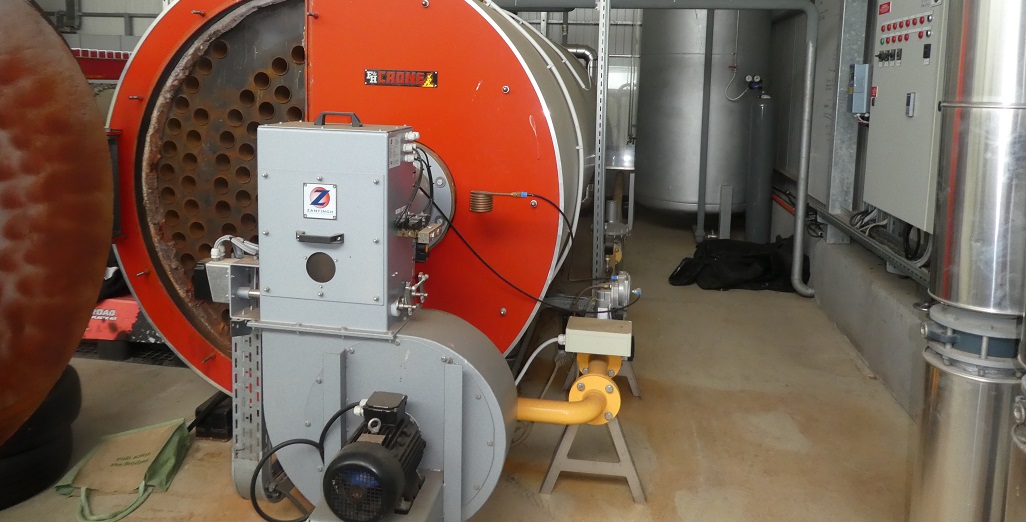
New Industrial Process Heat Consenting Requirements in Aotearoa New Zealand
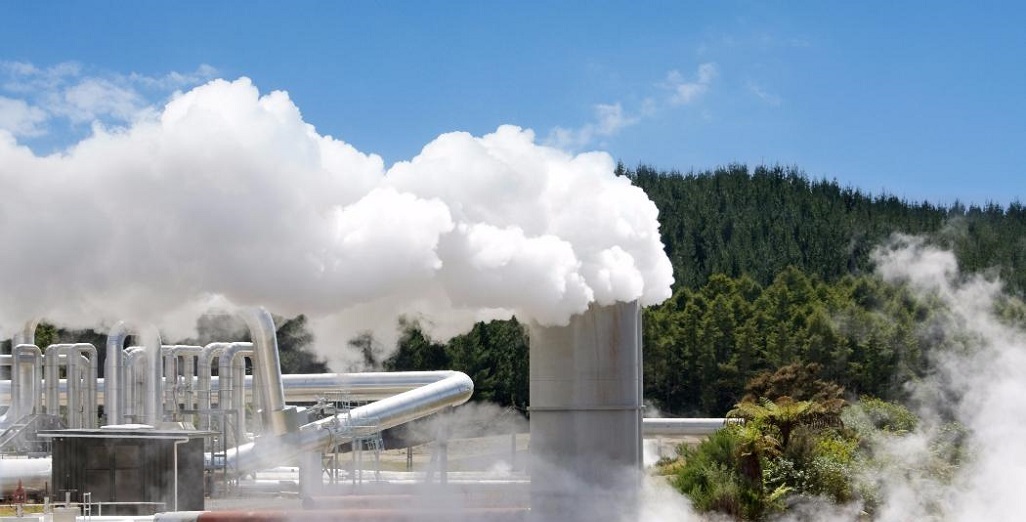
GNS Scientist wants greenhouse grower to consider geothermal Heat

Ribbon cutting marks the opening of a new JS Ewers Biomass Energy Centre

Flexible Solar Panels Look Set to Disrupt the Industry
